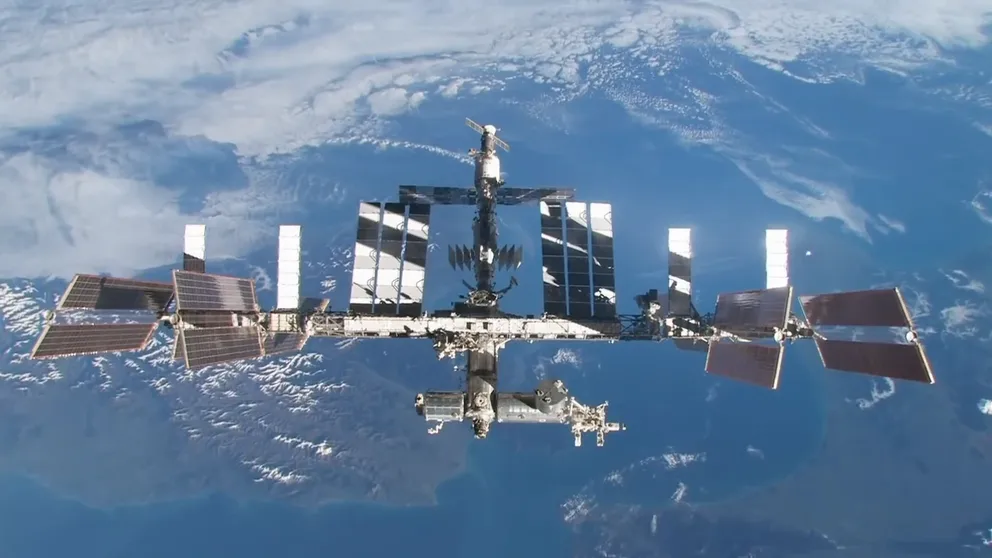Space station to receive supplies, messages from students after Northrop Grumman launch in Virginia
Northrop Grumman launched 8,200 pounds of research and supplies to the International Space Station. The Cygnus spacecraft will arrive at the ISS on Friday morning.
What is the International Space Station?
The International Space Station (ISS) has hosted astronauts living and working in space for more than two decades, making groundbreaking contributions to technology and medicine along the way.
WALLOPS ISLAND, Virginia – A Northrop Grumman rocket launched supplies, new science and hardware to the International Space Station on Tuesday night from the Virginia spaceport.
The Antares rocket with the Cygnus spacecraft launched into the night sky at 8:31 p.m. EDT from the Mid-Atlantic Regional Spaceport’s Pad-0A at NASA’s Wallops Flight Facility.
The mission marks Northrop Grumman's 19th supply run to the ISS for NASA. The Cygnus spacecraft is loaded with more than 8,200 pounds of research, essential items for the astronauts and hardware for the space station.
Cygnus also carries messages of hope and perseverance from more than 13,000 students at 74 schools worldwide.
ISS Associate Program Scientist Heidi Parris said research in the orbiting laboratory can help improve life on Earth and helps further space exploration.
"It enables scientists from around the world to really redefine the boundaries of their discipline by imagining what would be possible if you take gravity out of the situation," Parris said.
AUGUST SKYGAZING FORECAST: MONTH FEATURES 2 SUPERMOONS AND PERSEID METEOR SHOWER
Among the science experiments is the final part in the Saffire (Spacecraft Fire Experiments) series, which is dedicated to understanding how fire behaves in space.
"The Saffire experiments provide a critical benchmark for validating our models of how fire affects spacecraft habitability," Saffire principal investigator David Urban said in a statement. "This work has already changed our understanding of material flammability in low gravity and demonstrated that just as on Earth, smoke from a fire represents the most immediate hazard to the crew."
On Friday at 5:55 a.m. Cygnus will be captured by the station's Canadarm2, operated by NASA astronaut Woody Hoburg with help from NASA astronaut Frank Rubio.
The spacecraft is set to stay on the ISS for about three months before NASA sets a departure date.
